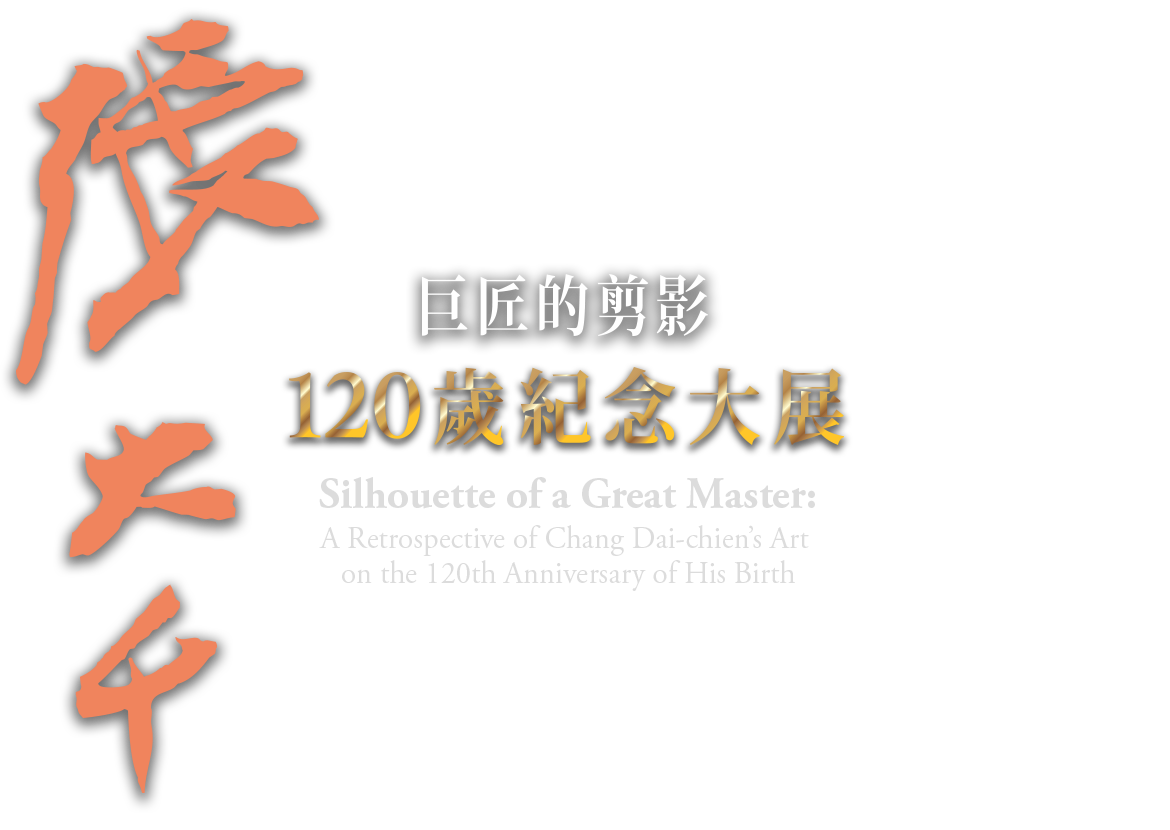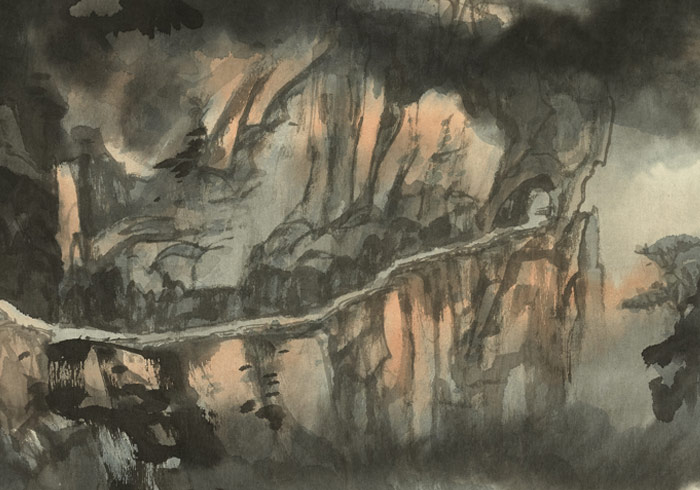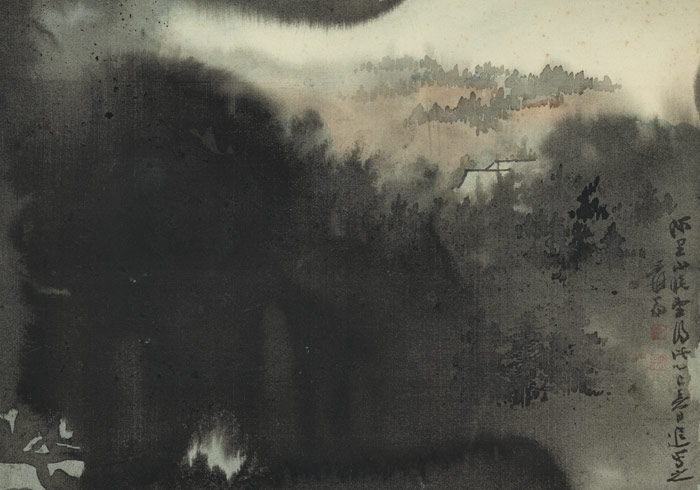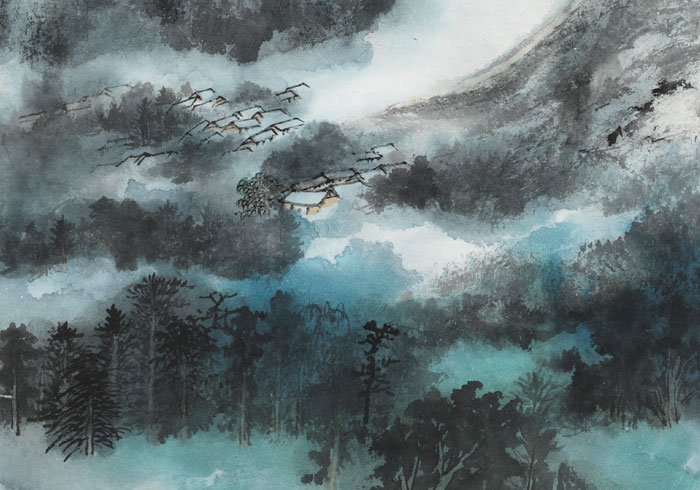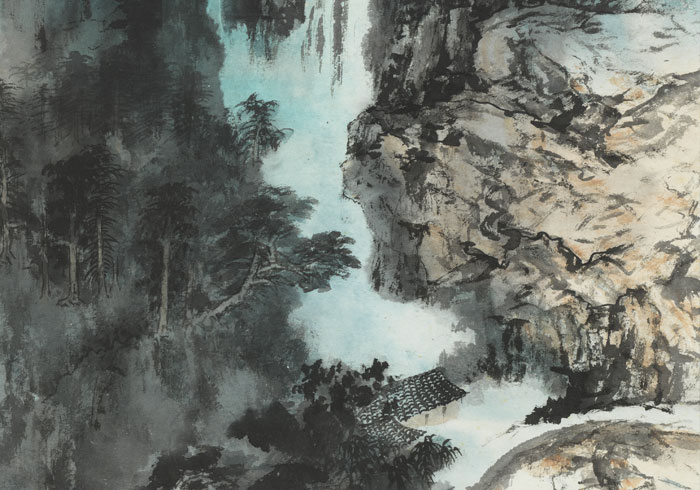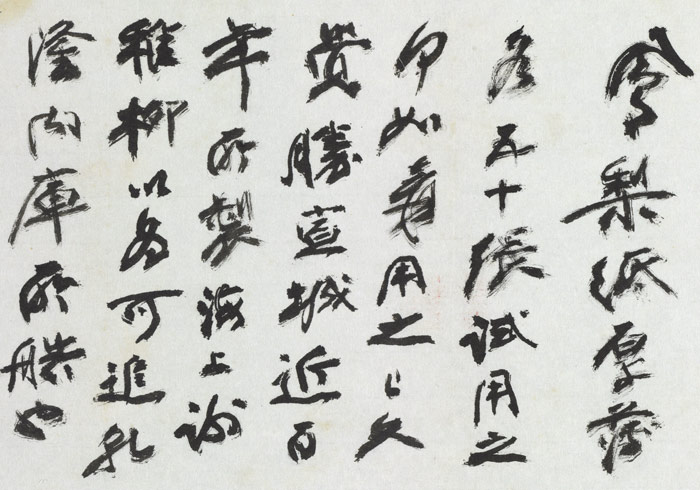Prior to 1976, Chang Dai-chien had lived for many years outside of China. However, he always maintained close contact with Taiwan, often returning to the island to hold exhibitions of his paintings, which he also often donated. Since many old friends such as Chang Chun were living in Taiwan, combined with Chang Dai-chien's declining health, he took the advice of friends and started to seriously consider living in Taiwan. He finally settled on a small plot of land in Waishuangxi not far from the National Palace Museum and had the Abode of Maya built there as the studio-residence of his later years. The fine surroundings and affection of friends in Taiwan, together with the opening and rise of the local art scene, led to a relatively stable and active lifestyle that undoubtedly was conducive to a new stage in Chang's career, allowing him to continue creating masterpieces into his old age. Here, Chang Dai-chien's "Panoramic View of the Suao-Hualien Roadway" and "Morning View at Alishan" capture the alluring beauty of Taiwan's scenery, while "Letter to the Wife of Chang Chi-cheng on Pineapple Paper" shows how much he appreciated and promoted this kind of paper. Such works demonstrate Chang Dai-chien's affection for and engagement with the land of Taiwan, most certainly offering viewers a greater understanding of how his heart was with Taiwan and the impressions he had of this "Ilha Formosa."
Panoramic View of the Suao-Hualien Roadway
- Chang Dai-chien (1899-1983), Republican period
- Handscroll, ink and colors on paper, 35.6 x 286.8 cm
The Kuomintang Party History Committee donated this painting to the National Palace Museum.
Morning View at Alishan
- Chang Dai-chien (1899-1983), Republican period
- Framed, ink and light colors on paper, 37.5 x 45 cm
This work is from the collection of the National Museum of History.
Figure in a Splashed Ink Landscape
- Chang Dai-chien (1899-1983), Republican period
- Hanging scroll, ink and colors on paper, 149.470.8 cm
This work was kept thereafter at the corporate headquarters of Chunghwa Telecom and has now been entrusted to the National Palace Museum.
Scenery in Nitang
- Chang Dai-chien (1899-1983), Republican period
- Hanging scroll, ink and colors on paper, 118 x 60 cm
Mr. Ho Ying-chin bequeathed this painting to the National Palace Museum.
Landscape
- Chang Dai-chien (1899-1983), Republican period
- Hanging scroll, ink and colors on paper, 138.4x70.6 cm
This work has been transferred from the ROC Office of the President.
Letter to the Wife of Chang Chi-cheng About Pineapple Paper
- Chang Dai-chien (1899-1983), Republican period
- Unmounted, ink on paper, 20.1 x 50.5 cm
Mr. Chang Chi-cheng donated this letter to the National Palace Museum.
